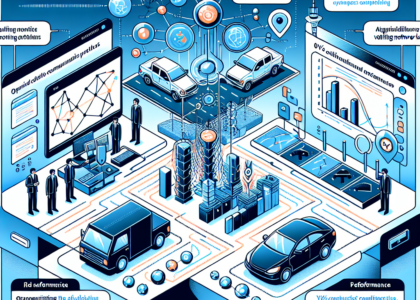Authors: Simone Maurizio La Cava, Sara Concas, Ruben Tolosana, Roberto Casula, Giulia Orrù, Martin Drahansky, Julian Fierrez, Gian Luca Marcialis
Abstract: 3D face reconstruction (3DFR) algorithms are based on specific assumptions
tailored to distinct application scenarios. These assumptions limit their use
when acquisition conditions, such as the subject’s distance from the camera or
the camera’s characteristics, are different than expected, as typically happens
in video surveillance. Additionally, 3DFR algorithms follow various strategies
to address the reconstruction of a 3D shape from 2D data, such as statistical
model fitting, photometric stereo, or deep learning. In the present study, we
explore the application of three 3DFR algorithms representative of the SOTA,
employing each one as the template set generator for a face verification
system. The scores provided by each system are combined by score-level fusion.
We show that the complementarity induced by different 3DFR algorithms improves
performance when tests are conducted at never-seen-before distances from the
camera and camera characteristics (cross-distance and cross-camera settings),
thus encouraging further investigations on multiple 3DFR-based approaches.
Source: http://arxiv.org/abs/2409.10481v1




